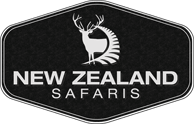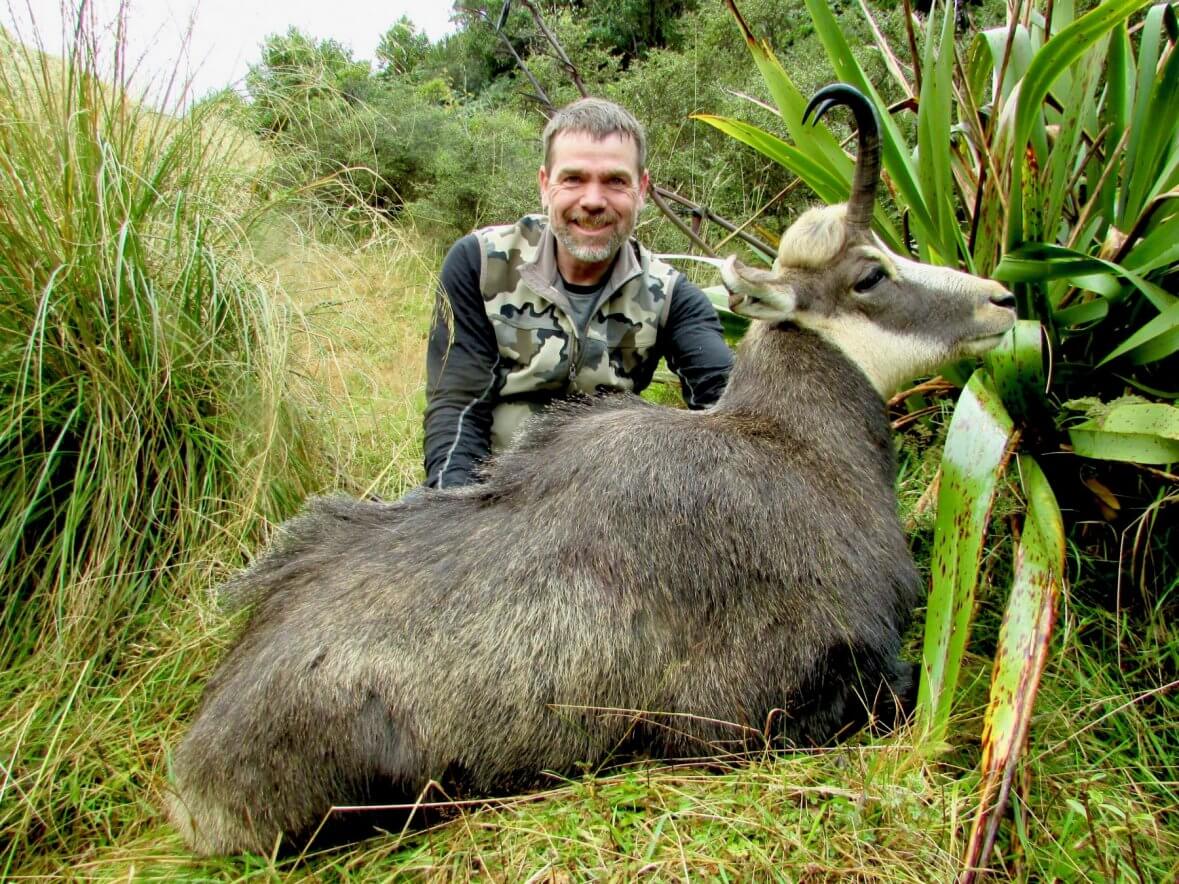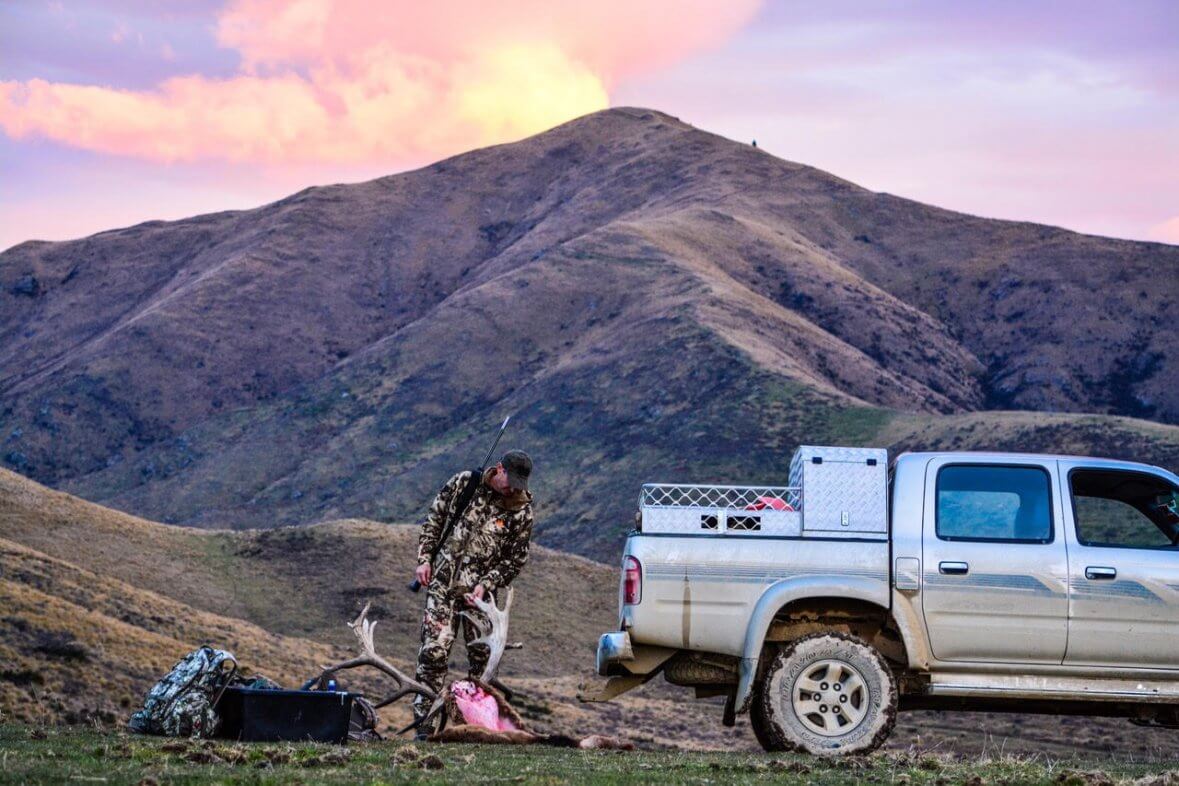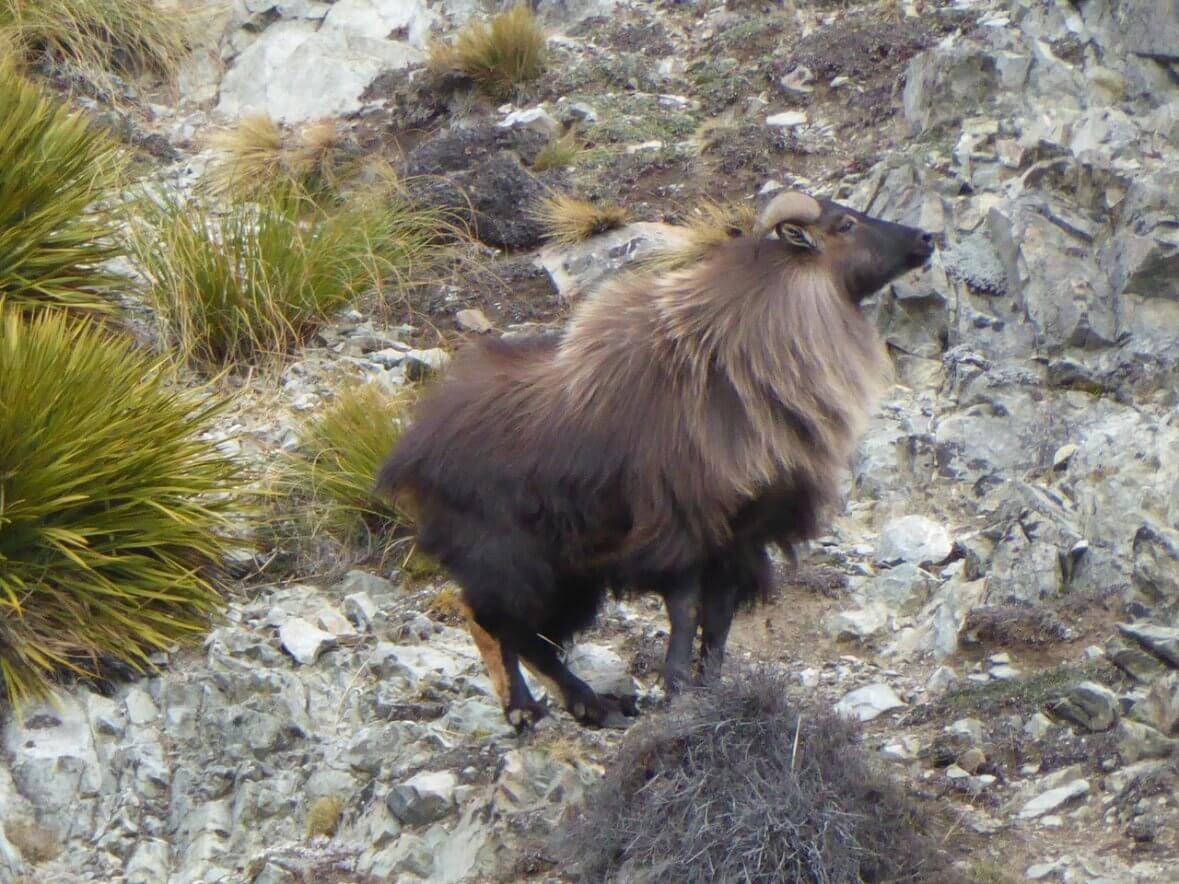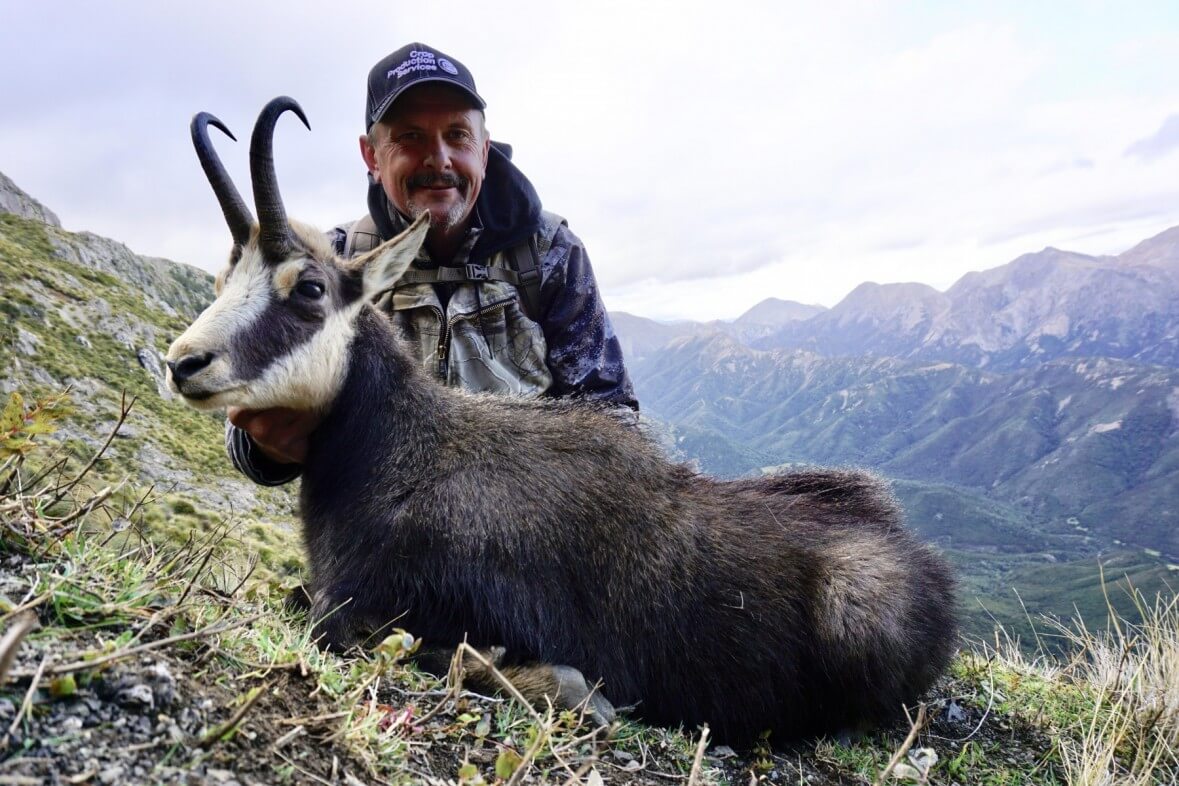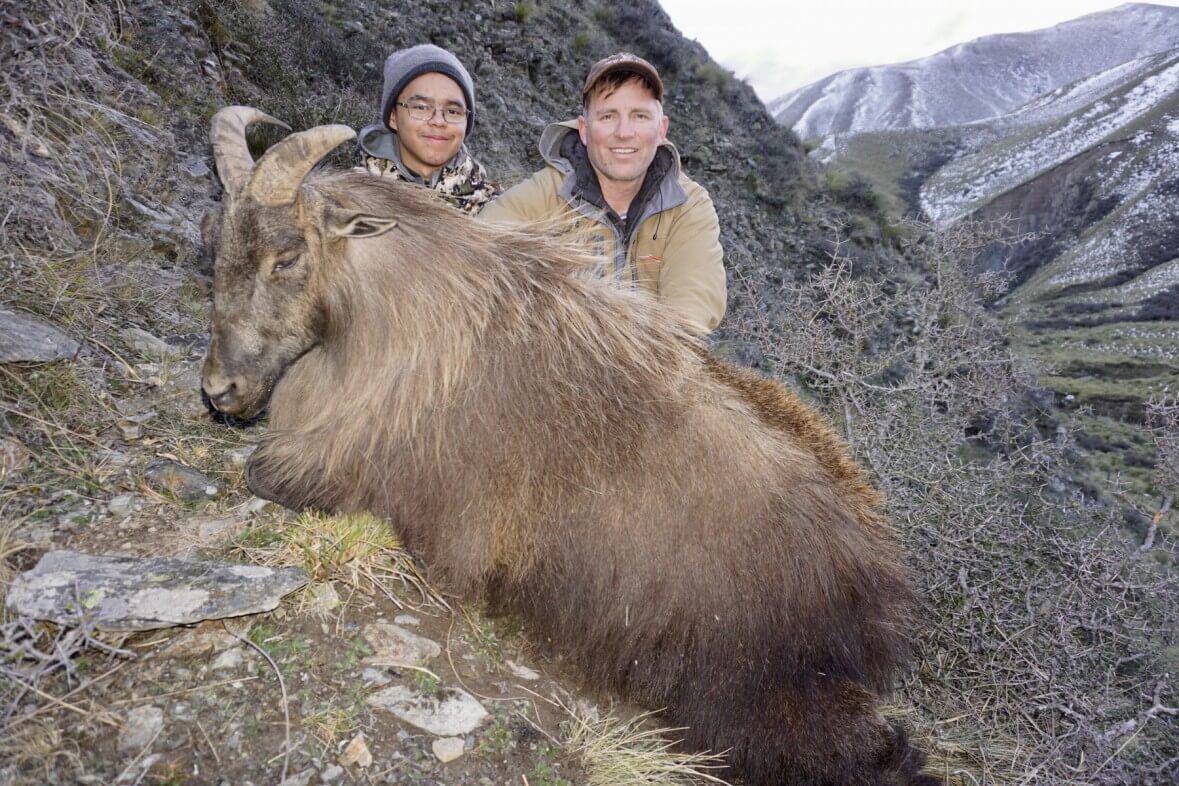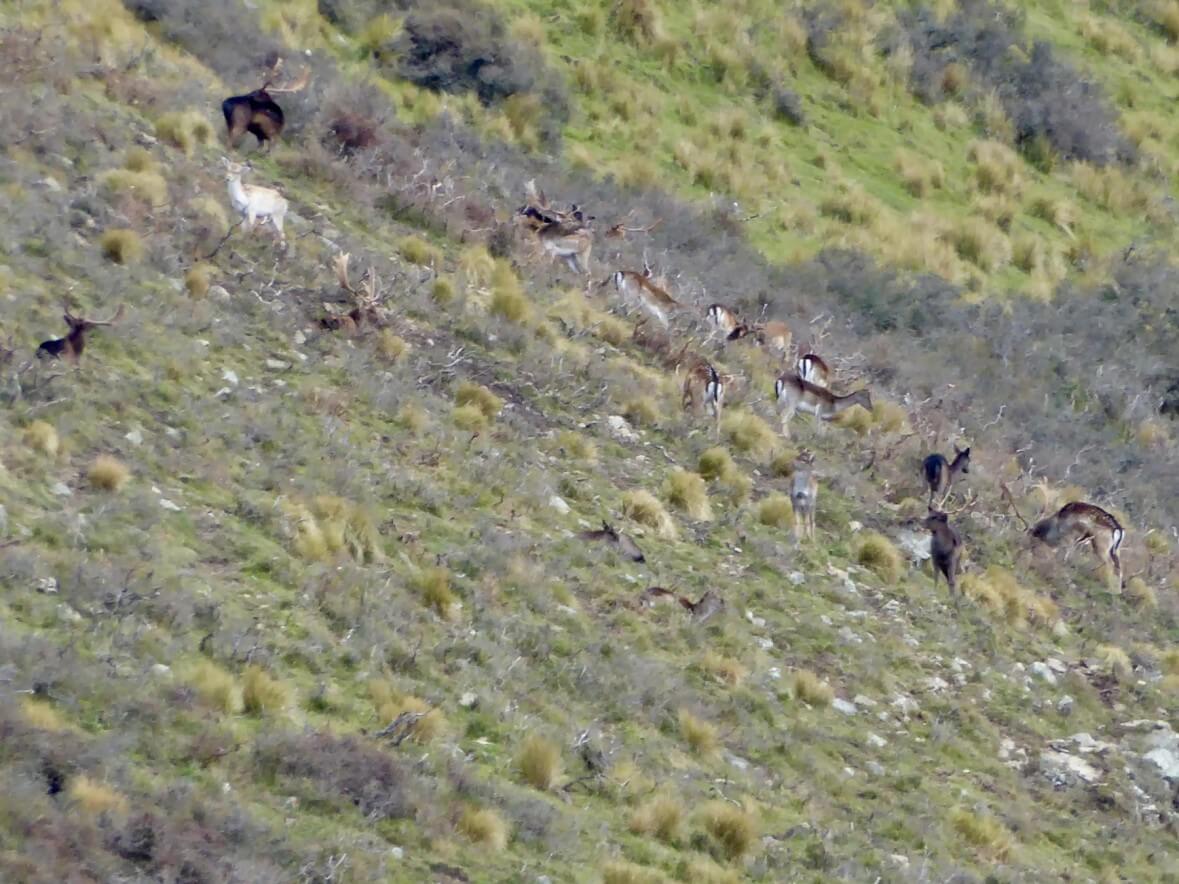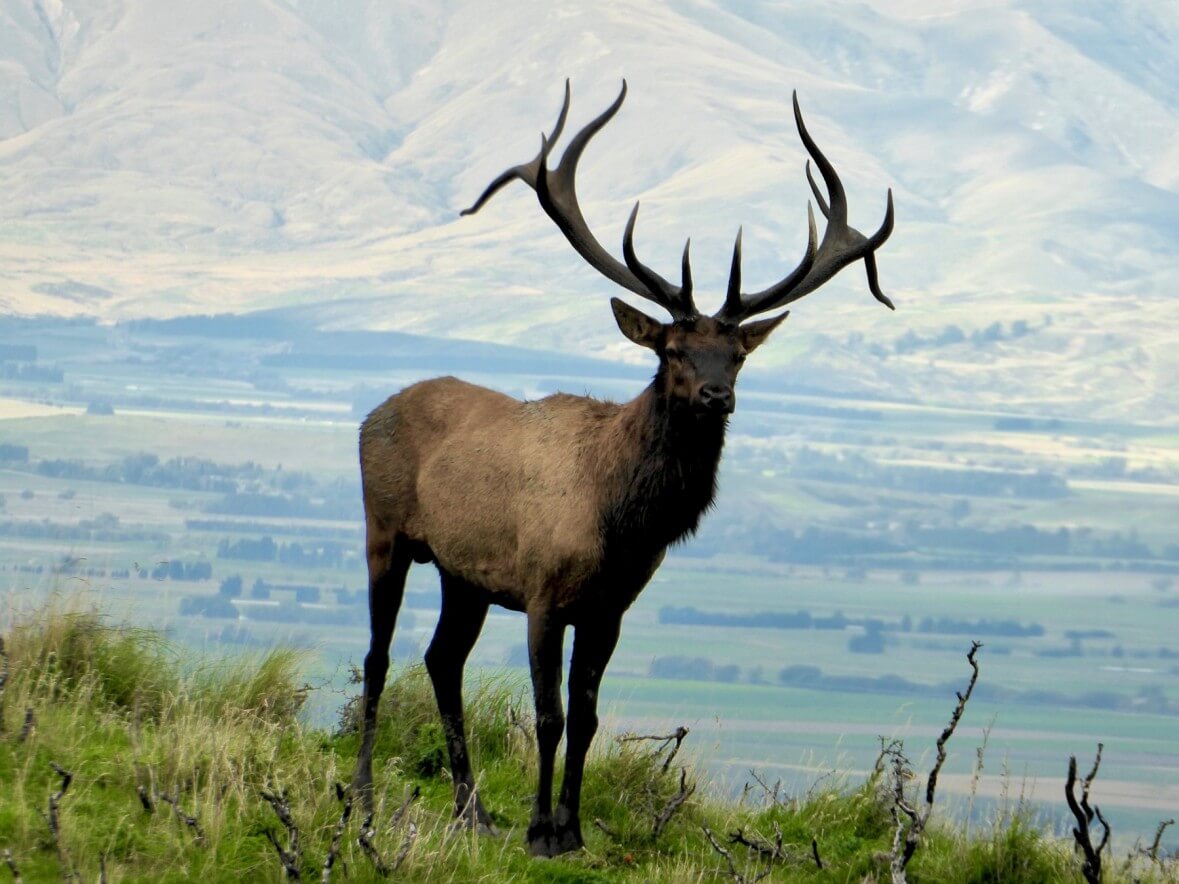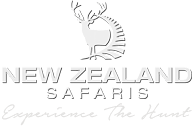While on his second tahr hunt with New Zealand Safaris, Reece added a free ranging, wild foot chamois hunt.
Reece took an exceptional 9 inch 10 year old Chamois Buck during his chamois hunt. We are lucky enough to use roads on these private properties as they are extensive working sheep and cattle ranches.
Chamois are only found in the South Island of New Zealand. Without having to use a helicopter for our chamois hunts means we can move about freely without other hunters in the area and not restricted by weather. Our South Island location mostly allows us the ability to hunt from our lodge each day in a traditional wild chamois hunt.
Chamois lay down false rings on their horns so it is very hard to age but typically you want to see 8-12 rings to take a mature Chamois Buck. This time of year the glands swell as they enter the rut (late-April to mid-June) which you can see directly behind the head. When chamois hunting the easiest way to judge a mature Chamois Buck is his horns do a full curl with the horn tips well above the tips of his ears.
There are 11 big game New Zealand animals to hunt, 4 varmints, and a variety of birds including turkey and ducks. Due to a lack of management on government land, the trophy animals are typically much larger and older on private land because of the lack of hunting pressure, improved genetics and food quality.
Bow hunting in New Zealand has grown in popularity with international clients coming over to hunt with New Zealand hunting outfitters and guides. While bow hunting is extremely popular within North America, it is still a relatively small number of hunters who will choose this method when traveling outside of their country on a hunting safari.
Some New Zealand hunting guides and outfitters will advertise bow hunting in New Zealand as their main method of safari hunting. Some hunts can be more bow hunting friendly than others, hunters really do need to find out all the information before booking an international hunt with the intent of using a bow and arrow.
Some considerations to think about before bow hunting in New Zealand or any international hunt:
- Have your done your home work on the game you are interested in hunting and success rate with a bow on that animal? Some Outfitters will only hunt certain ways and areas which can directly effect your success rates. It’s important to know exactly what you are in for, once you have paid a deposit it is too late to find out the truth.
- Are you confident shoting out to 60 yards? Many shots, especially on mountain animals in more open country will be between 40-60 yards.
- Will you be sitting in a blind or spot and stalk? This will predict shooting distances, and your potential shooting position (i.e standing, sitting, kneeling). Be sure you really practice these distances and positions before your hunt.
- Professional hunting outfitters will have a wounding policy, you will really want to know this before you start hunting.
- Are you prepared to go the whole hunt and not get a shot on your animal? Do you pay regardless of whether you are successful or not? Many of our hunters will spend 2-4 days hunting with a bow and if unsuccessful will pick up a rifle. The purist will be prepared to stick it out the whole hunt without even drawing their string.
- How many days can you spend on one animal? This can affect your hunt if you are going for multiple animals.
- Are you prepared to be happy with possibly a lesser quality trophy and be successful? This is often never talked about, especially on free range wild animals as typically you will have one opportunity on a hunt to make it happen. A lot of the time the trophy animal you are after will not get into a comfortable bow range.
- Know what bow size and arrow heads to use. Some animals are a lot tougher than others.
- Time of year? Many think that during the rut for most game animals is the best time to hunt with a bow. We’ve found with bow hunting pre and post rut can be more successful when animal movement is a lot more predictable with less eyes.
- Overall quality of the hunt, what is it you’re really looking for? There’s a lot of hunting outfitters out there, from budget options to high quality professional guides and operations. Use a lot of references to make up your own mind and don’t be swayed by the sales pitch.
- Ask specifically for references who bow hunted with the outfitter you are evaluating and call them. Ask about their experiences and success rates.
- If it sounds too good to be true, it generally is.
Himalayan Tahr, also known as ‘the king of the mountain’ in New Zealand Bull Tahr are only found in the South Island of New Zealand. The trophy Bull Tahr population heavily concentrated along the central part of the Island both West and East coasts. Judging a trophy Bull Tahr can be tricky in the warmer months, finding them alone can be a real challenge. You really need to look in heavy native cover, the older Bulls will seldom come out at all if it is hot, maybe making it to the fringes at dark and gone by first light. High quality optics are essential, using both binoculars and spotting scope, you pay for what you get in glass so there really is no substitute.
Most clients are so excited about the big game New Zealand has to offer, they completely overlook turkey hunting opportunities.
May is the beginning of the chamois rut, and our chamois first foot hunter of the year has arrived from Idaho, USA.
In April 2018 we saw one of the heaviest early snows in the high country we have seen. For Alaskan Outfitter Jeff Burwell and family this could not have been better timing for tahr hunting with New Zealand Safaris.
Fallow bucks are in full rut (croak) now in April. Deer hunting for fallow bucks is different than any other deer species in the world. The fallow bucks will have their own rut pad or a communal one and the females or does will come into these pads to get mated.
As April begins in the South Island of New Zealand you can typically find 3 species of big game animals in or near peak rut, including red stag, fallow buck, and elk.
